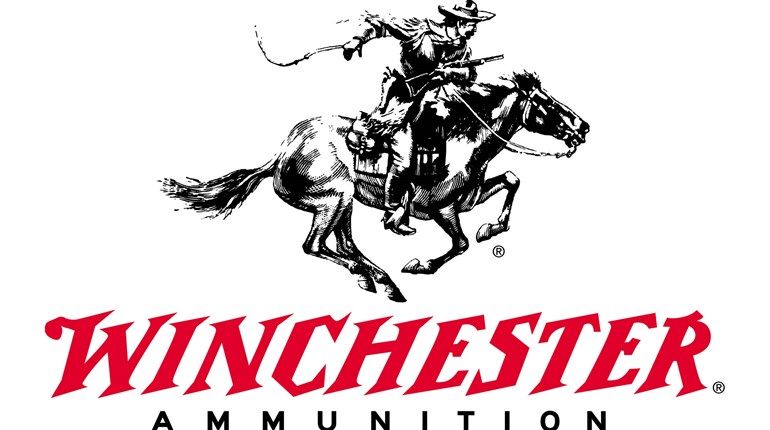
As a gun writer, quantifying things can be a dangerous proposition, one that can get you into trouble. Making lists of things, a la David Letterman, suggests superiority, or inferiority, and sometimes that just isn’t the case. This piece is one of those compilations, in which we will discuss wildcat cartridges, and in which I really can’t say that the chosen cartridges will be the “Top Five,” as ranked by success, or by usefulness. Rather, I’d like to call this piece “Five Wildcats I Think Are Cool,” and leave it as an impetus to promote discussion on wildcat cartridges. SAAMI recognition takes any former wildcat off the table, like the ultra-popular .280 Remington Ackley Improved, but here’s a list of those I consider cool.
.35 Whelen Ackley Improved
P.O. Ackley had it together, there’s no refuting that fact, as did Col. Whelen. Mix the two and you have a recipe for success. I’ve spent some time behind the trigger of a .35 Whelen AI and it makes a ton of sense. The 40° shoulder gives enough additional case capacity to bump up velocities 100 fps over the traditional Whelen design, putting 250-grain bullets into the 2,400 to 2,500 fps category. It’s easy to load for, and as an added bonus, you can shoot regular .35 Whelen ammo from the AI chamber in a pinch, with accuracy good enough for hunting.

.220 Swift Ackley Improved
Another of Ackley’s designs, featuring the 40° shoulder, and a bump in velocity over the screaming Swift offering. Hey, if you’re going to push a .22-caliber bullet, you might as well go for it all. The velocity increase over the standard .220 Swift is 100-150 fps, but I’d highly recommend that you avoid re-chambering your existing barrel, as the Swift barrel usually runs a 1:12” or 1:14” twist rate. Instead, opt for the 1:9” or 1:8”, so you can take full advantage of the heavy-for-caliber bullets available today, and push them to near light-speed.

.375 W&S Magnum
On a recent safari, Professional Hunter Danie Wingard introduced me to his personal rifle, a .375 W&S Magnum. Named after Wingard & Swanepoel (the gunsmith), this wildcat was designed around the 350-grain .375” bullet, driving it to 2,450 fps. The case is a .375 H&H-style belted magnum, formed from .458 Basic brass, using the 25° shoulder angle of the .300 Winchester Magnum, in a case measuring 2.680” long, with a C.O.L. of 3.46”. Shooting this rifle, I immediately noticed that the recoil was more of the classic cartridge “push”, and less of the “slap” associated with overbore magnums. For a hunter who enjoys the .375” bore, but abhors the Weatherby type recoil, this cartridge makes a whole bunch of sense.
.358 UMT
My buddy Bryce Towsley saw the opportunity to beef up the performance of the .35 calibers, by mating the Remington Ultra Magnum case with a .358” bullet, to create the .358 Ultra Mag Towsley. This is a cartridge that will give true magnum performance, driving the 250-grain bullets at a muzzle velocity in excess of 3,000 fps, for over 5,000 ft.-lbs. of energy at the muzzle. Not for the faint of heart! But, if you are a .35 caliber fan, and want to have a flat-shooting rifle for moose, elk, bears and the largest African antelope, this just may be your baby. Depending on the bullet, powder charges range from 95 to 100 grains, having similar capacity to the .300 RUM, and a trajectory flatter than the .300 Win. Mag. with 180-grain bullets. Mr. Towsley, you’ve got a winner here.

.416 Hoffman
When supplies of .416 Rigby ammo were drying up, due to the demise of Kynoch, many hunters still wanted to use the fantastic .416” bullets, and there were several innovative wildcat designs that kept the bore diameter alive. Many people know about the .416 Remington, which came out in 1988, and has been accepted as a solid performer in the game fields, but the Remington design wasn’t the first. It was an American Professional Hunter in Africa, named George Hoffman, who mated the .375 H&H case with .416” diameter bullets to create the .416 Hoffman. It would produce the same ballistics as the .416 Rigby – a 400-grain bullet at 2,400 fps at the muzzle – but with much less powder, a shorter action and readily available component brass from the .375 H&H. The tradeoff was that it ran at a higher pressure than the huge-cased .416 Rigby, but it still worked very well. Although Remington states that their design is based on the 8mm Remington Magnum case, the designs are so similar that the Hoffman chamber can use .416 Remington ammunition, but not vice versa. Being a huge fan of the .416 Rem. Mag., I’m grateful to Mr. Hoffman for his wildcat, and if you’re looking for something a bit different, talk to your gunsmith about the Hoffman case.
Want to read more from Philip Massaro? Check out the stories below:




































